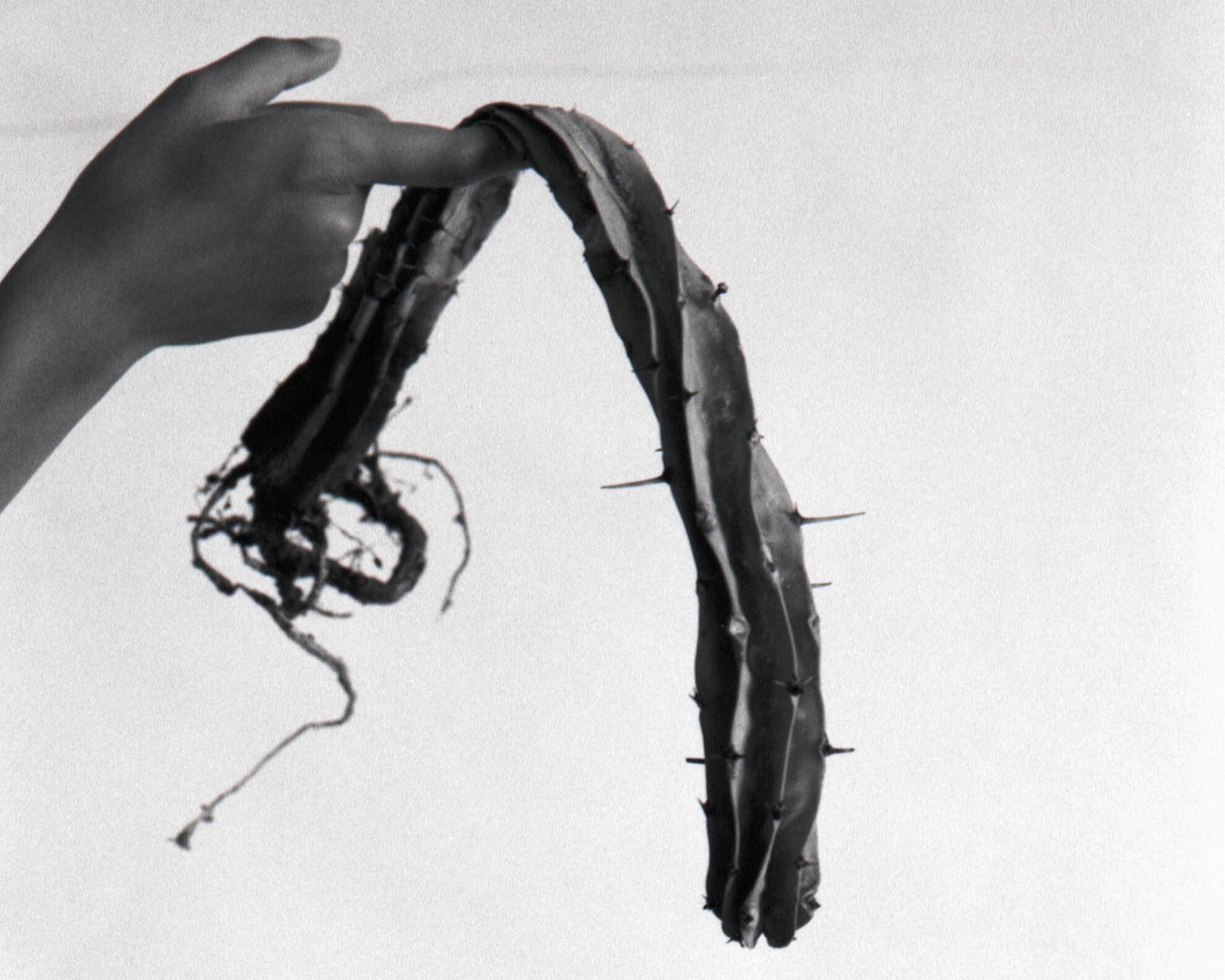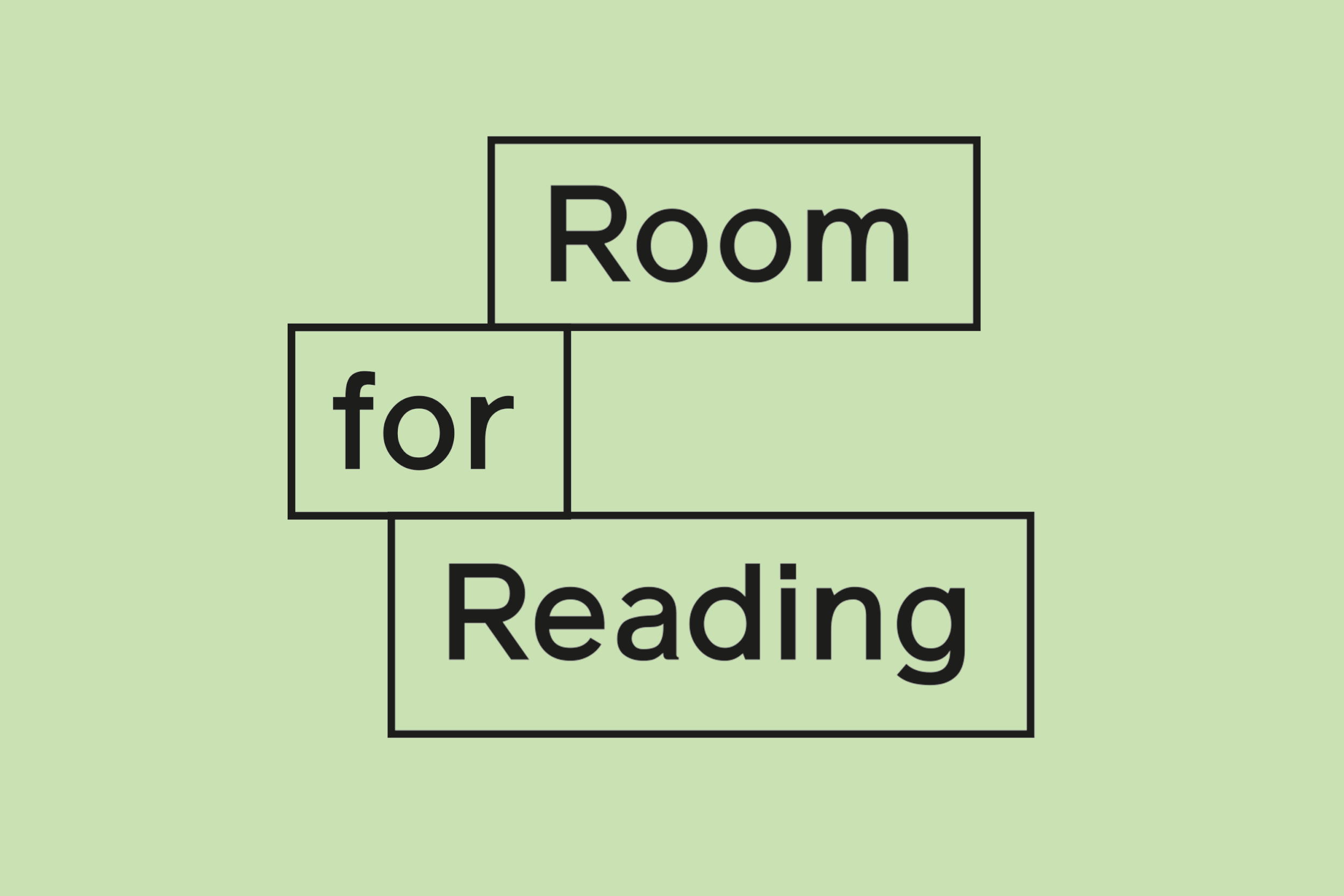Katinka Bock, ‘Dead Cactus’ (2016). Courtesy Galerie Jocelyn Wolff and Galerie Greta Meert.
‘Radio Piombino’ is an exhibition of new, sculptural works by artist Katinka Bock. Bock works with a range of materials, including natural substances, such as copper, lead and clay, and found or given forms. Her materials are often altered through natural processes and the effects of time – heat, moisture or sunlight, for example – such that the potential of becoming or disintegrating seems constantly present. Her sculptures appear as the result of events, at times seeming precarious and at others immutable.
Bock often takes the peculiarities or context of a given space as a starting point for her work, and her project for Glasgow taps into the nature of 21 Woodlands Terrace as a domestic building and the history of Glasgow as a major port, a place of exchange and transaction. Prior to the exhibition several parts of these works inhabited the city of Glasgow and its environs. Copper oxidised; fabric was exposed to the elements; ceramic forms ‘lived’ with city-centre residents and businesses, or were secreted in the woods above Loch Lomond. Bock gathers these elements in their transformed state, looping the references of geological, industrial, meteorological and personal history into her working materials, seeking to reflect the systems that produced the materials, place and people. 'Radio Piombino’ re-imagines 21 Woodlands Terrace as a landscape of sculptural elements that turn the building into what Bock terms a "poisoned body”.
Katinka Bock, 'Radio Piombino' installation view, The Common Guild, 2018. Photo: Ruth Clark.
Katinka Bock is a Paris-based, German artist. ‘Radio Piombino’ is the first presentation of her work in Scotland and follows her only previous project in the UK, ‘Mesonya’, with Siobhan Davies Dance (London) in 2017.
The exhibition is presented as part of Glasgow International 2018 and follows our previous Glasgow International exhibitions with leading international artists including Gabriel Kuri (2014) and Akram Zaatari (2016) and will be accompanied by a series of related talks and events.








